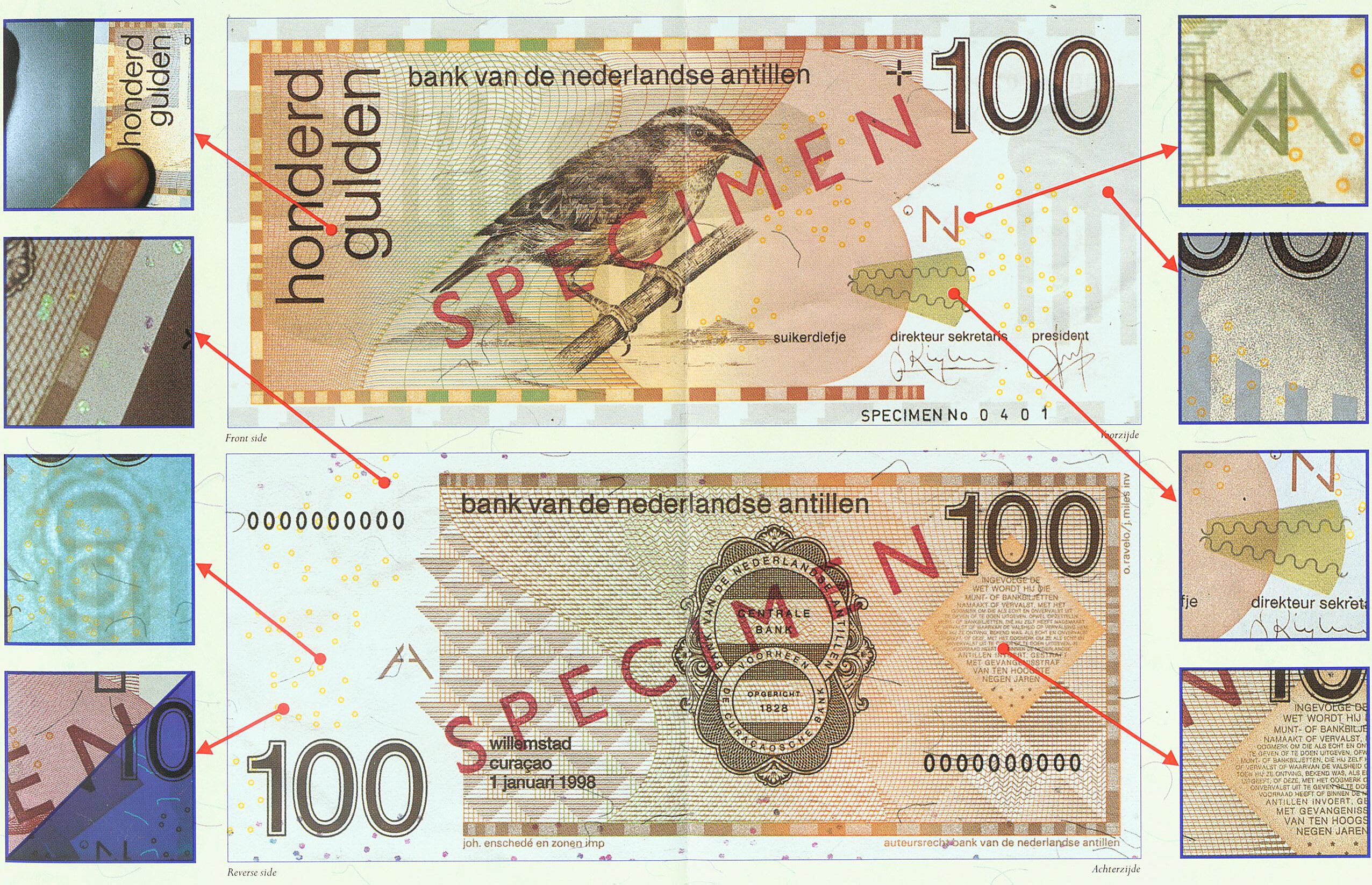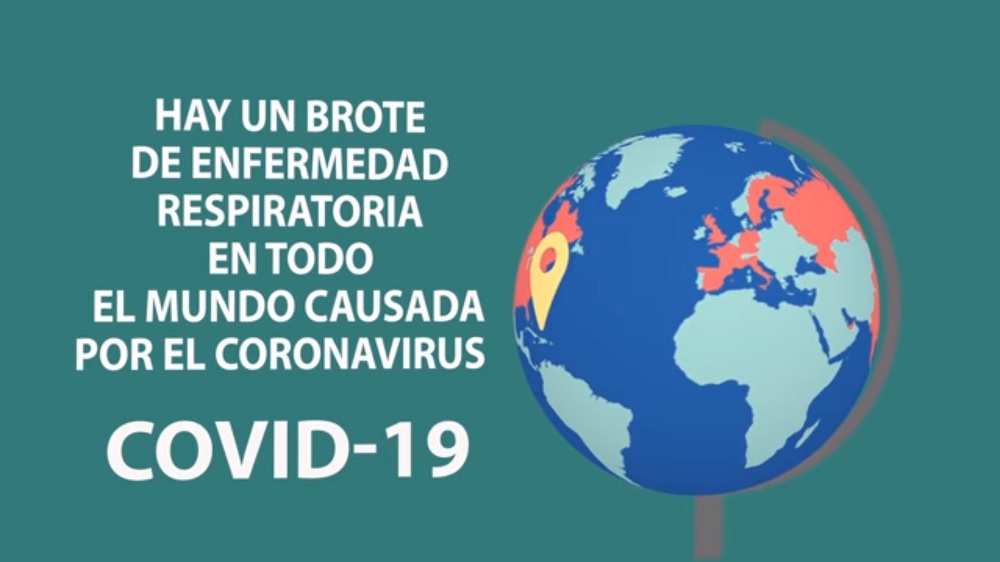Counterfeit NAf. 50 and NAf. 100 banknotes in circulation
WILLEMSTAD/PHILIPSBURG — The Centrale Bank van Curaçao en Sint Maarten (CBCS) has detected counterfeit NAf. 50 and NAf. 100 banknotes in circulation. The counterfeit NAf. 50 bills are of poor quality and can be easily identified as counterfeits. On the other hand, the counterfeit NAf. 100 banknotes are of very good quality, making them challenging to distinguish from genuine NAf. 100 bills.
Following a thorough analysis of the counterfeit banknotes, the CBCS has observed the following prominent distinguishing characteristics:
- The paper used for the counterfeit banknotes feels thicker, stiffer, and coarse compared to that of genuine banknotes.
- Genuine banknotes feature a shadow watermark bearing the former CBCS logo. When held up to the light, the shadow watermark displays a gradient of lighter and darker shades relative to the surrounding paper. The relief of the watermark can be observed when real banknotes are laid flat, and it is also tactile. To verify the watermark, place a thin piece of paper on it and lightly shade over it with a soft pencil. If the outline of the shadow watermark does not appear, the banknote is suspicious.
- On genuine banknotes, the letters N and A should align perfectly when held against the light. The letter N on the front fits precisely into the letter A on the back, forming an image. Counterfeit bills often exhibit imperfect alignment (with noticeable gaps where the letters should align).
- The front of the banknote features a tactile ink layer in several areas, such as the numerical value, the text, and the bird illustration. Additionally, the upper right corner of the bill contains an identifying mark for the visually impaired, which can be easily detected by touch.
- The gold-colored foil on the front of genuine banknotes is shiny and has a (lighter) golden yellow color against the white area of the banknote. In contrast, the gold-colored foil of counterfeit banknotes is dull in color and has a dark golden-brown color against the white area.
- The ink used for the small print within the text block on the back of authentic banknotes is slightly lighter and displays a subtle color-gradient effect, transitioning from lighter to slightly darker. Conversely, the ink on counterfeit banknotes is darker in appearance and (almost) lacks any noticeable color gradient. The small print on genuine banknotes is sharply legible, while on counterfeit banknotes, these (small) letters are often not as sharp and therefore less easily legible.
- The bird illustration on the front and the Bank's former logo on the back of counterfeit banknotes are printed using darker ink.
- Counterfeit banknotes have virtually no planchettes (glitter). On genuine banknotes, the planchettes change color as the banknote is tilted or rotated.
- Using a "counterfeit money pen" to draw a line on a counterfeit banknote will leave a black/brown mark on the banknote, whereas this is not the case with genuine banknotes.
- The margin at the bottom of the counterfeit banknotes is wider than that of genuine banknotes.
The CBCS encourages the public to exercise increased vigilance when handling banknotes (particularly 100 guilder bills). Counterfeiters tend to operate during evening hours (especially at hospitality venues) or dimly lit locations, making it more challenging to identify counterfeit currency. Owners and employees of such establishments are particularly urged to remain vigilant. If you have significant doubts about the authenticity of a banknote, it is advised to decline it and contact the police.
For more information about the security features of our banknotes please visit the CBCS website http://www.centralbank.cw/banknotes. On our website, you will also find an educational video about the various security features of our banknotes. The video also emphasizes the fact that it is not the appearance of a paying person that tells if a banknote is authentic, but that the authenticity can only be determined based on the security features. The video can be viewed via the following link: https://www.centralbank.cw/education/videos/security-features-of-banknotes.
You are reminded that it is illegal for any person and or institution to accept and keep counterfeit banknotes. You are advised to immediately contact the police if you think you’re dealing with a counterfeit banknote. The counterfeiting of banknotes and the fraudulent use of counterfeit means of payment are punishable by imprisonment of up to 9 years.










